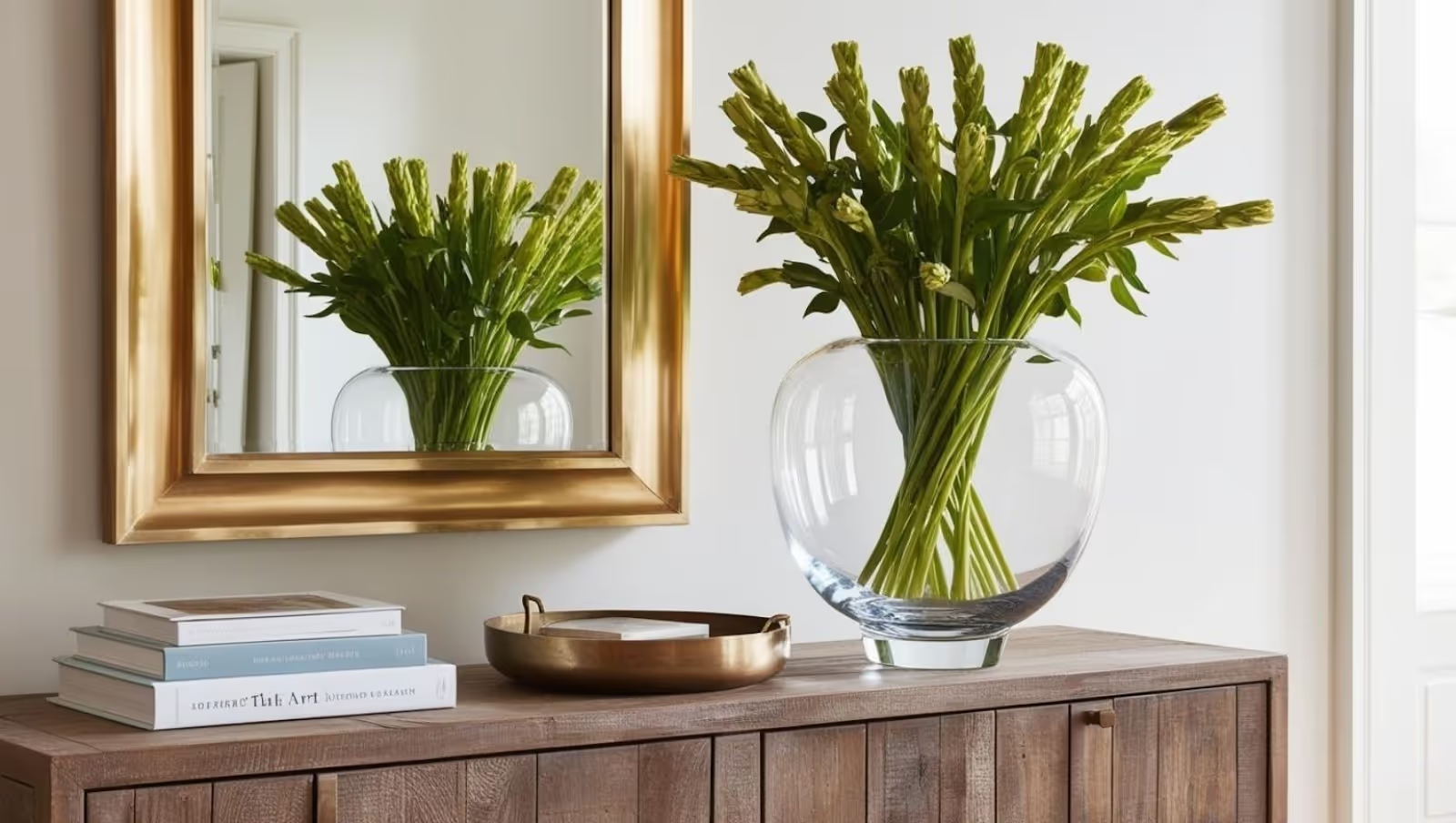
Embarking on an interior design project is both exciting and overwhelming, but it all starts with a clear understanding of your goals. Before selecting finishes or furnishings and building floor plans, it’s essential to take a step back and define what truly matters to you. As a Northern Virginia interior designer, I begin each project by asking my clients two key questions:
What do you want to achieve?
How much do you want to invest?
These foundational questions provide a clear starting point, ensuring that every design decision aligns with both their vision and budget. Intentional planning from the beginning is what keeps a project on track. As you begin exploring your vision and defining your investment, it’s important to stay open to adjusting expectations along the way. Let’s begin by exploring how to determine your project goals by first identifying what you want to achieve.
To effectively define your goals, start by asking yourself questions that align with the project you’re planning. While your interior designer will help refine the details, taking time to think through the essentials upfront will lead to more productive conversations and more aligned outcomes.
Most interior design projects fall into one of two categories: Renovations or Furnishings. While many projects involve a combination of both, the way you approach each, especially in terms of defining goals and budget, is quite different. In this blog post, we will explore key considerations for both home renovation and furnishing-focused planning for interior design projects, as well as discuss budget considerations tailored to each.
Before diving into your Northern Virginia home renovation, it’s essential to think strategically about your goals and the scope of work ahead. Whether you're planning a cosmetic refresh or a full-scale remodel, defining your priorities early on will help guide every decision. Consider the following questions if you plan to replace your fixed finishes, such as flooring, countertops, cabinets, doors, and millwork, or would like to change the layout of a room altogether. Once you’ve identified the ones that are specific to your project, prioritize them based on what matters most to you.
Furnishing projects are just as important to thoughtfully think through as renovations, but they differ significantly in focus and approach. Getting clear on what you want from the design will help both you and your interior designer better understand your goals and focus on the elements that matter most to you.
Reflecting on your initial goals for your renovation or furnishing project and then sharing those with your interior designer helps set your project on the right track from the very first conversation. If you’re envisioning a specific feature or the design needs to address certain functional requirements, and you wait to mention them until later in the process, it can significantly affect the scope of work, the design plan, or even the overall design investment. Being upfront about what you want the design to achieve allows your designer to plan more effectively, avoid delays, and ensure a smoother, more aligned experience from start to finish.

Once you’ve mapped out your goals for your project, the next step is to consider your budget. This can feel overwhelming, and the truth is that it is overwhelming. Most “over budget” stories stem from initial estimates were never accurate enough to rely on because all the details of the project were not accounted for.
A skilled interior designer will help you bridge the gap between your vision and what’s feasible, guiding you toward a plan that aligns with your goals and resources. At this stage, being open to refining either your scope or your investment is key to laying a solid foundation for your project.
To prepare for working with a designer, it’s helpful to do some initial research to better understand what your project might cost so you can provide a reasonable budget range. Start by exploring the general price ranges for the type of renovation or furnishing project you’re planning. It’s also helpful to gather some initial pricing for the key items you already know you will invest in. For example, if there’s a specific range you’ve been considering for your kitchen or a sofa you’ve had your eye on for the living room, but you’re unsure of the cost, take a few minutes to research the actual cost of those items. Having a general sense of pricing will not only help you clarify your priorities but also give your designer valuable insight into the level of quality and comfort you value.
Once you’ve explored product and renovation pricing, assess what budget range feels realistic for you. If your vision and your financial comfort level aren’t fully aligned, that’s okay. Understanding your low, mid, and high-end thresholds is a valuable part of the process. With that information, your designer can recommend the right service offering and approach to help you achieve your goals within your budget.
The most important thing to understand is that no two design projects are ever exactly alike. Each comes with its own unique scope, timeline, and cost considerations. That is why professionals can only provide estimates initially and why those estimates may change over time. There are many variables that can impact the final cost of a project, from material selections to changes in scope, and these details are often not fully known at the outset. Gaining clarity on the type of project you’re planning will help set more realistic expectations for your project. However, it’s essential to remain flexible, knowing that estimates can evolve as the design takes shape. Understanding what goes into developing a Renovation Budget and a Furnishing Budget is the key to reducing confusion from the very beginning. After taking time to evaluate what you want to achieve, you can then make informed decisions that support your vision and your investment.
To dive deeper into smart budgeting strategies, take a look at our related blog posts, Smart Budgeting Strategies for Renovating Your Home in Northern Virginia and Smart Budget Planning for Furnishing Your Northern Virginia Home, where we break down how to build a budget strategy to give you clarity and confidence as you move forward with your project. By identifying your goals and understanding what drives your investment decisions, you’re setting yourself up for a more strategic and less stressful design process.
At Joy Edwards Design, every project begins with a clearly defined project scope and budget. We work closely with you to bring them into focus and translate them into a detailed, itemized plan that reflects your needs, lifestyle, and goals. We believe that intentional clarity is essential and that every client deserves complete transparency and thoughtful guidance throughout the design process.
Whether you’re preparing for a full-home renovation, furnishing your home, or managing both, a well-developed scope and budget isn’t just a planning tool; it’s the foundation for a successful, stress-free project.
Schedule your complimentary Discovery Call today to discuss your goals, explore your vision, and see how we can bring your Virginia home to life—beautifully and strategically.